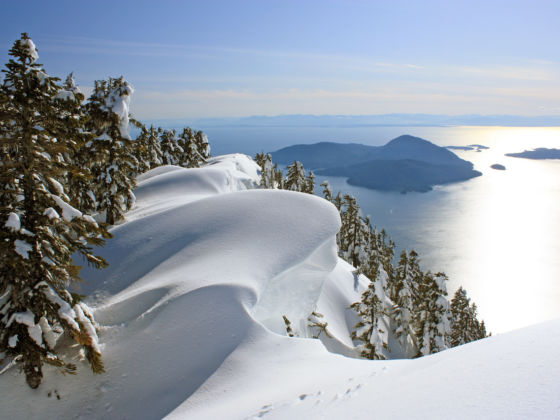Vancouver Island is among Canada’s most striking and diverse areas, containing 12,000 square miles of biodiversity ranging from rocky, coastal shores to high-alpine peaks, from slow-moving glaciers to running rivers flowing into the thousands of lakes on the island. The island is home to the city of Victoria, capital of British Columbia, and is a popular getaway spot for tourists and residents of the Pacific Northwest. Visitors come for rafting, hiking, skiing, and to hunt glacier-fed waterfalls. Many even enjoy hiking to the icefields themselves, including the popular Comox Glacier near Courtenay.


Vancouver Island Could Have Zero Glaciers Left Within Our Lifetime
Climate change poses a threat to the glaciers and the waterfalls they feed, however, as increasingly warm summers are melting off the islands’ glaciers. A video published by Smithsonian Magazine highlights the plight of the glaciers of Vancouver Island, threatened by the intense heat that rising global temperatures have wrought on the area’s summer season.
As recently as the 1970s there were more than 170 glaciers crawling their way across the mountains of the island. Many peaks were capped in ice and the island’s high-altitude lakes were continually satiated by snow and ice melt from the glaciers. Now, only five glaciers remain.
What will become of the remaining five, including the rapidly diminishing Comox Glacier, is not certain — but the outlook is not good. Scientists have estimated that even the remaining five glaciers could be gone within 25 years, leaving the lush forests and mountain lakes to source water only from snowmelt and rainfall. The sad state of affairs for the glaciers only amplifies the fact that as travelers, we must continue to be aware of the footprint we leave behind — and of what we can do to mitigate it.